Which way will it flow?
By James Massina
24th August, 2023
How quickly things change. It seemed not that long ago that the entire supply chain was at maximum capacity doing its utmost to get our record production out of the country. Compare that to now, when exports have slowed considerably, and grain is moving via sea freight from west to east. This slowdown in exports has seen road freight capacity increase in turn putting significant pressure on rates. This deterioration in road freight rates has allowed grain from the southern part of New South Wales to comfortably find its way into the domestic market in Southern Queensland. Barley and wheat both making the trek north to satisfy the ongoing demand into feedlots as those in that sector continue to see a winter crop in decline in at least the top half of New South Wales.
If it wasn’t already, the delivered Downs domestic market is fast becoming the key pricing point for determining new crop pricing for much of the country. It has already been well publicised that there are vessels sold and shipped from Western Australia into Brisbane to feed the domestic market and many are predicting this to continue into 2024. With road freight declining and a smaller export task out of the eastern states in the new crop year, rail capacity is also freeing up thereby widening the drawzone for the feedlot and poultry demand in southern Queensland. The origin of the supply this year for the domestic feed market may ultimately depend on the profile of the cereal crop which we will not know yet for another few months.
The potential of the West Australian crop has been on the decline and the industry is watching this closely as a source for east coast domestic demand. The northern part of that state has been below average for some time and whilst there have been intermittent rainfall events, they have not been enough to curb the declining crop prospects. The Geraldton zone and increasingly, the eastern and northern Kwinana zone is also starting to feel the pinch and the expectation is these will be well below last year and below average.
Closer to home there is a stark contrast in crop conditions from the top of New South Wales to the bottom. Recent biomass charts show northern New South Wales crops well below average, whereas areas south of the Lachlan River generally looking a picture heading into the crucial spring period. There have been a few reported frosts through the Riverina but no damage to speak of yet.
Despite a couple of bumps, canola markets have generally been firmer over the last fortnight with new crop flat price exceeding $700/mt at up country locations encouraging the grower to engage. The rally in price has also given the opportunity for anyone holding old crop to tidy that up as well, with bits and pieces of Newcastle and Port Kembla coming to market. Expectations are that any remaining tonnes will continue to trickle out towards harvest at full carry to new crop.
WASDE report: Hit or Miss?
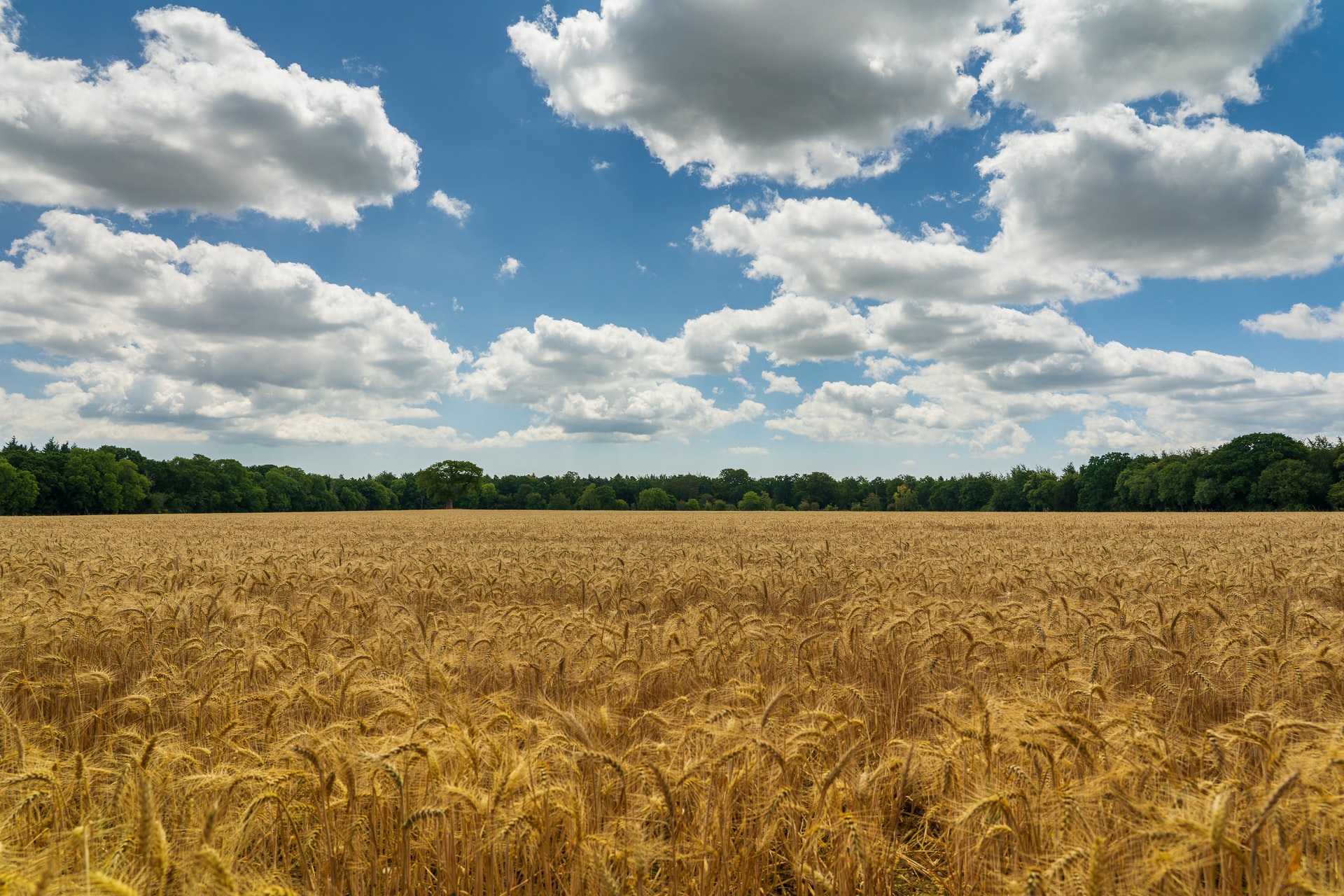
The August edition of the USDA's WASDE Report was released this week. While its contents resulted in a somewhat muted response, it sets up a potentially interesting position in coming months'...
Read MoreChina's tariff removal benefits barley exports
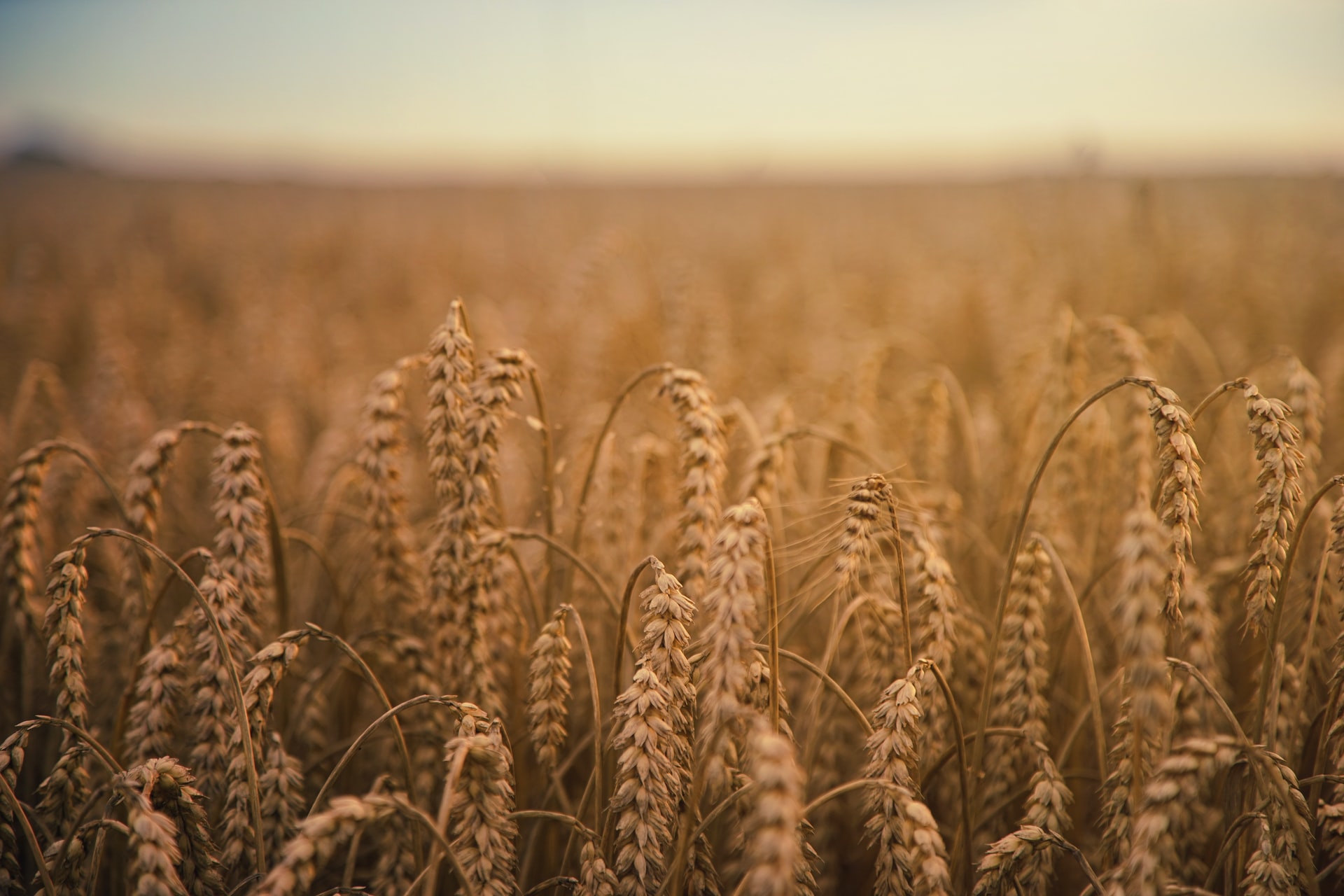
China have announced they will drop the 80 per cent tariff they had applied to the importation of Australian barley. What this means for Australian barley growers?
Read MoreNorthern and Southern areas of NSW face dramatically different seasons ahead
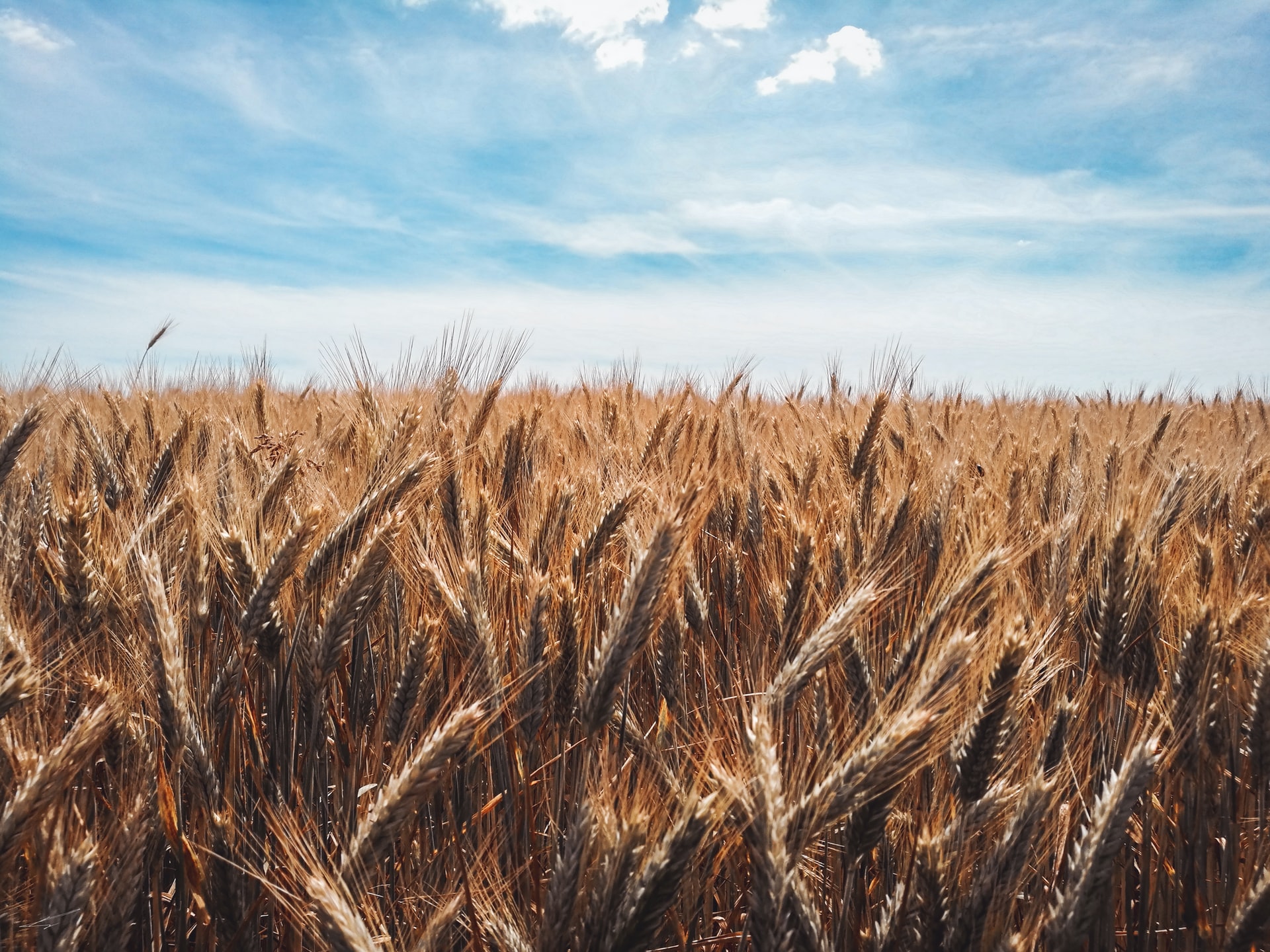
As we near the mid-point of the grain growing season, the current production outlook for NSW is in stark contrast between northern and southern areas of the state...
Read MoreGrain corridor slams shut with a bang

Despite the ongoing conflict in Ukraine, the last few weeks in grain markets almost felt like we had returned to the good old days when we wrote about weather forecasts and crop conditions rather than pandemics, politics and Putin. It wasn't to last...
Read MoreGrain markets continue to be a mixed bag
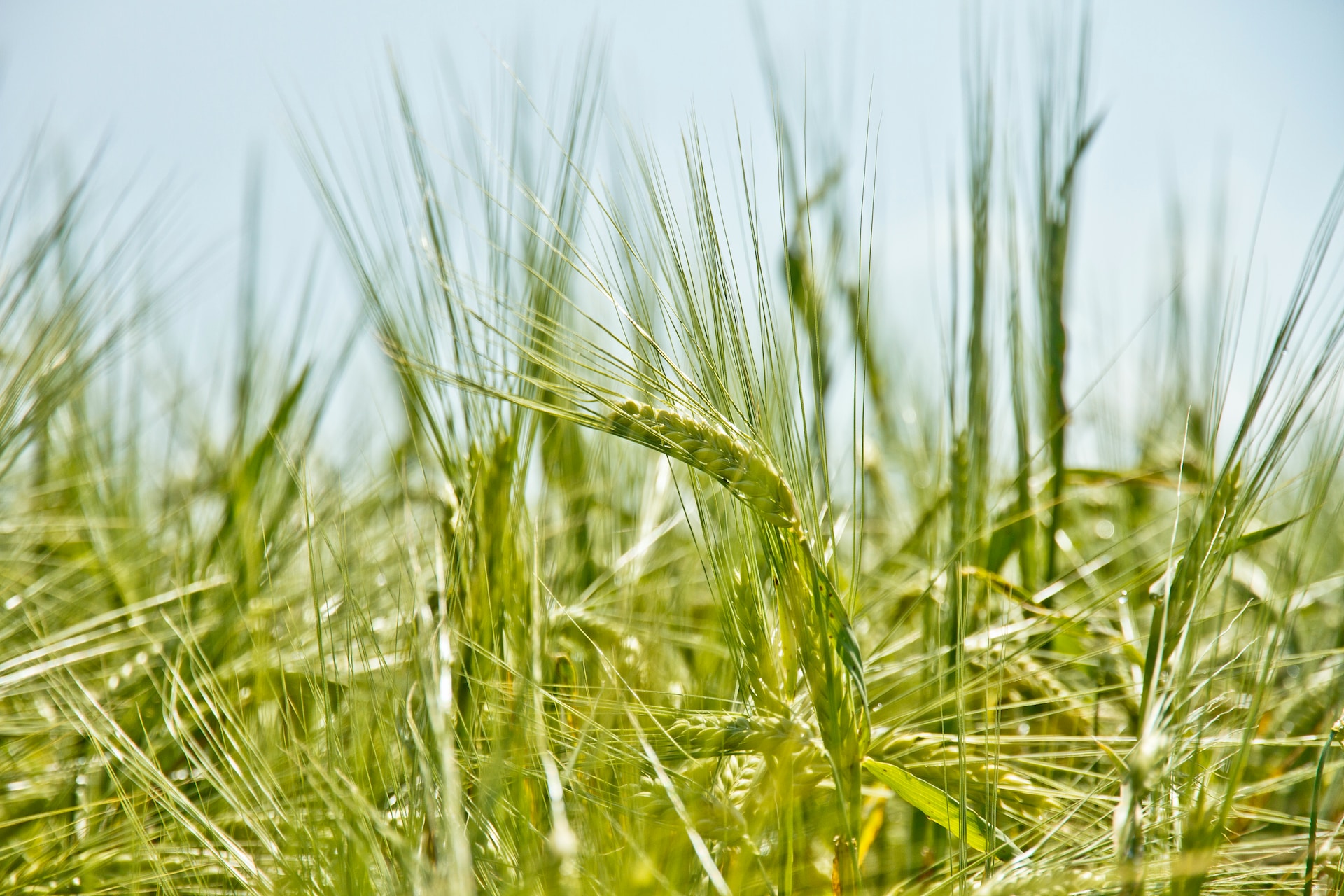
The growing season has seen continual rainfall across the regions stretching from northern NSW right down through Victoria and across South Australia to the point where most growers are asking "El Nino? What El Nino?"
Read MoreMother Nature: Friend or foe
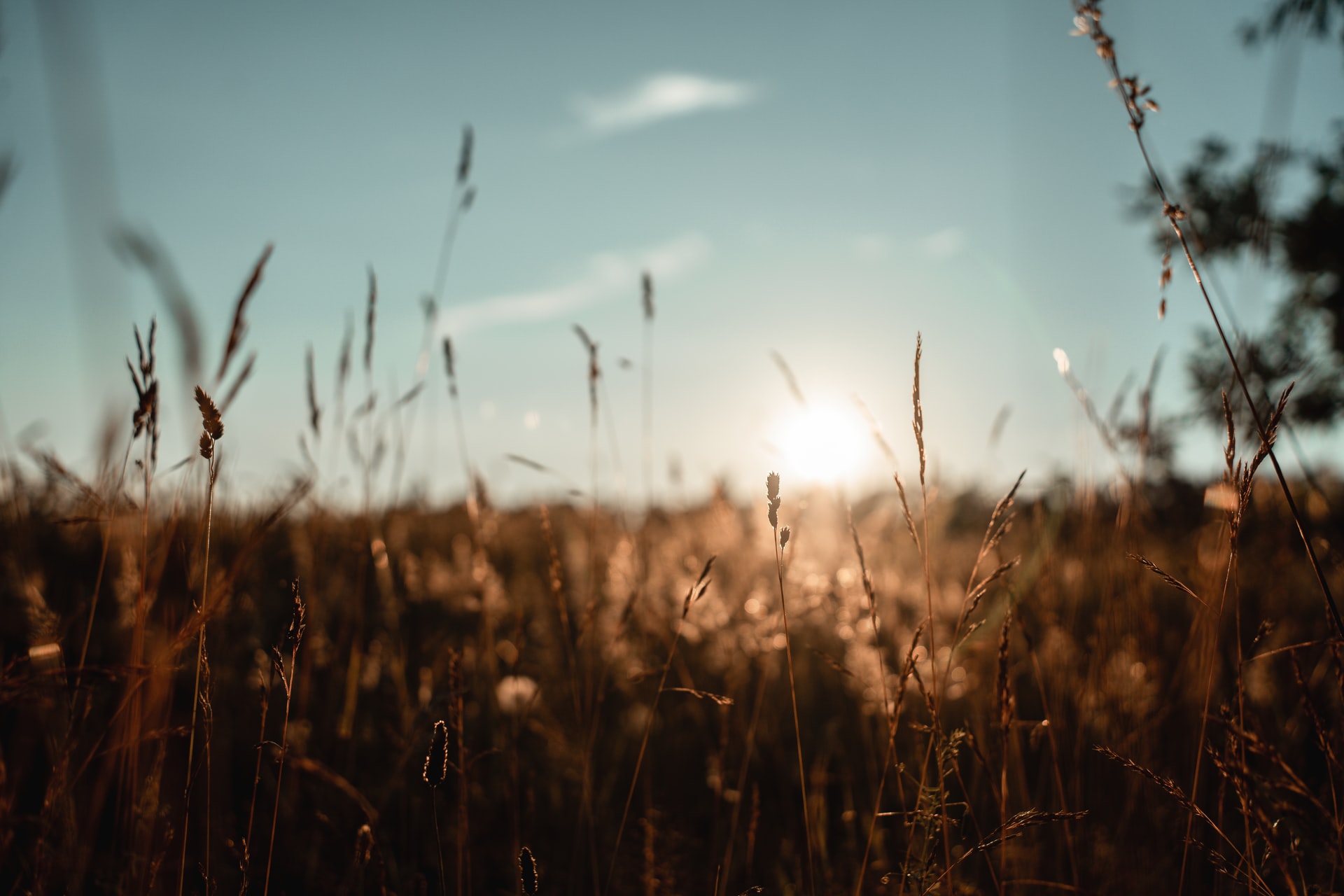
The production outlook for the East Coast Cropping belt has been boosted with favourable conditions seen month to date with majority of SA, VIC and SNSW receiving welcomed rainfall for July on top of what was already an above average rainfall month in June.
Read More